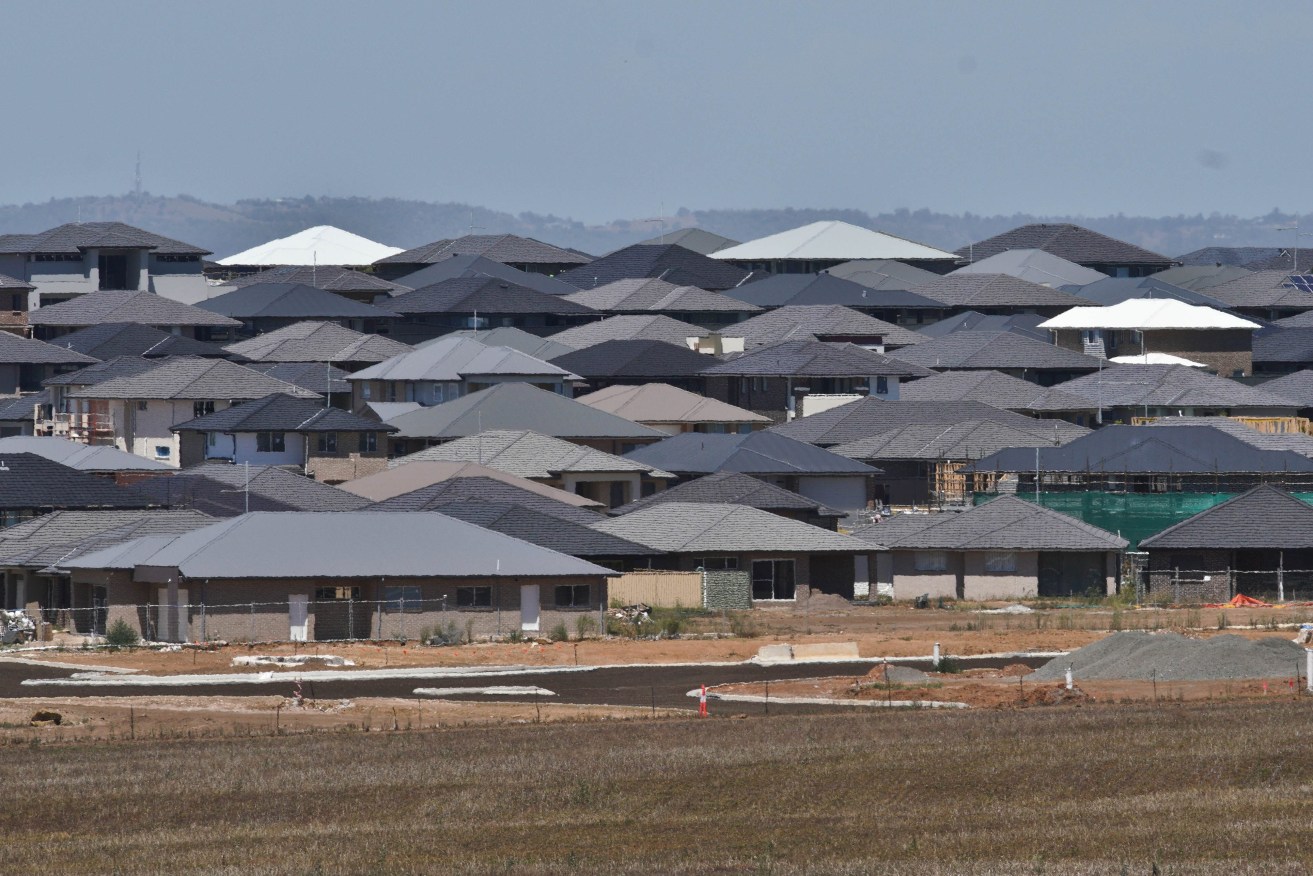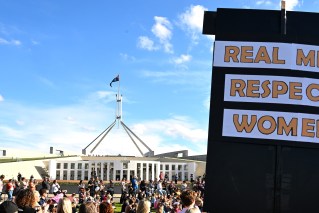Hot in the city: A world leader in heat-proofing cities – so why are we sweating it out?
Australia is lagging in the global race to heat-proof cities despite having the know-how and exporting solutions to other countries.

Australians are world leaders in heat-proofing suburbs but it's a lesson we aren't applying at home. (AAP Image/Ben Rushton)
Sydney is hosting a major international conference focused on keeping cities liveable as they become bigger and more dense in a warming climate.
University of NSW Professor Mattheos Santamouris is an expert in the built environment and says Australia could soon face major social, health and other problems unless it quickly starts to implement urban cooling strategies.
“Australia is one of the more advanced countries regarding knowledge on mitigation technologies but Australia is not advanced regarding implementation,” he says.
That’s despite Australian industries producing and exporting products designed to slash the amount of heat that’s absorbed and held by road surfaces, footpaths, high-rise buildings, bridges and homes.
Prof Santamouris believes the nation is about a decade behind Europe and is tailing the United States, China and Saudi Arabia, where the world’s biggest heat mitigation project is driving down temperatures, energy use for cooling and heat-related mortality.
But he believes that could change quickly, with the right amount of political will and one or two large scale projects that prove what can be achieved when the heat problem is tackled from many angles.
“We have to convince the politicians to act. If they are passive, if they adopt simplistic approaches – let’s plant trees – we won’t solve the problem.”
The issue of urban heat is incredibly complex.
Climatic problems in built environments exist independently of global warming, but are compounded by it.
Limiting dangerous levels of heat requires retro-fitting solutions to structures while ensuring new ones are designed to absorb less heat and more readily release what is taken up.
Negin Nazarian is an urban climatologist from UNSW and is co-chairing the conference.
She agrees the greening of cities is important but it will never ward off the kind of dangerous heat major cities could face within decades.
“There’s a limit of what we can do with greenery if everything else is kept the same,” Dr Nazarian says.
She says movement on building codes and standards is lacking in Australia and conversations were needed about what percentage of land in city environments should be covered by buildings and infrastructure.
Dr Nazarian and Prof Santamouris say the battle in heavily built cities will come down to design, technologies and innovation.
Prof Santamouris points to the development of cool and super cool materials based on nanotechnology, meaning they absorb less heat and increase the dissipation of heat back into space.
And advanced replacements for black bitumen, which can hit close to 80C and increase the temperature of a city space by up to 3C.
“It’s very important that we use the proper materials, advanced materials to face the problem of climatic change,” she says.
“If we don’t the situation will become very, very difficult and the costs will become much higher.”
Australian National University research has found even if global warming is limited to below 2C, heatwaves in major Australian cities are likely to reach highs of 50C by 2040.
Heatwaves are estimated to cause more than 1100 deaths in Australia each year.












